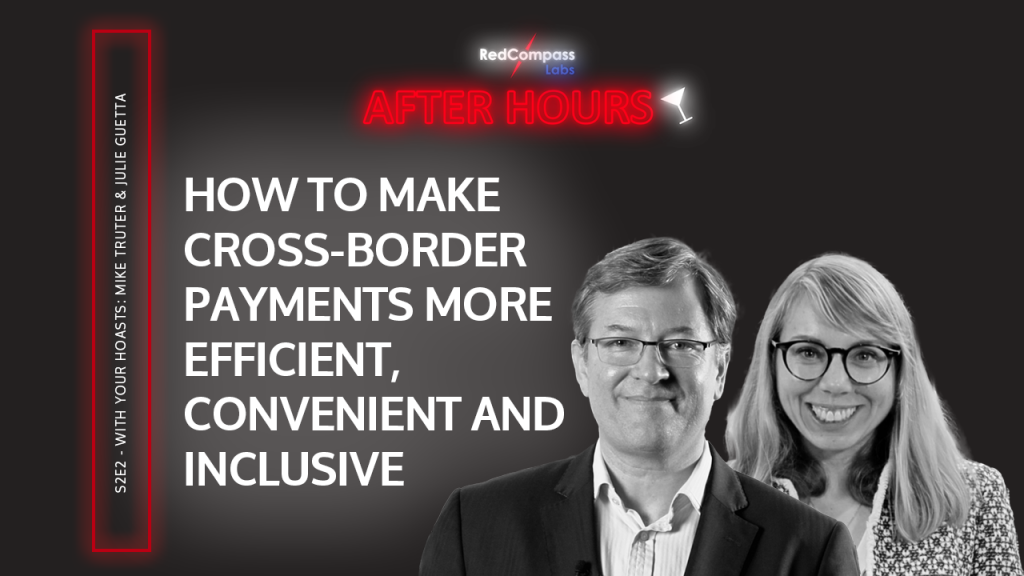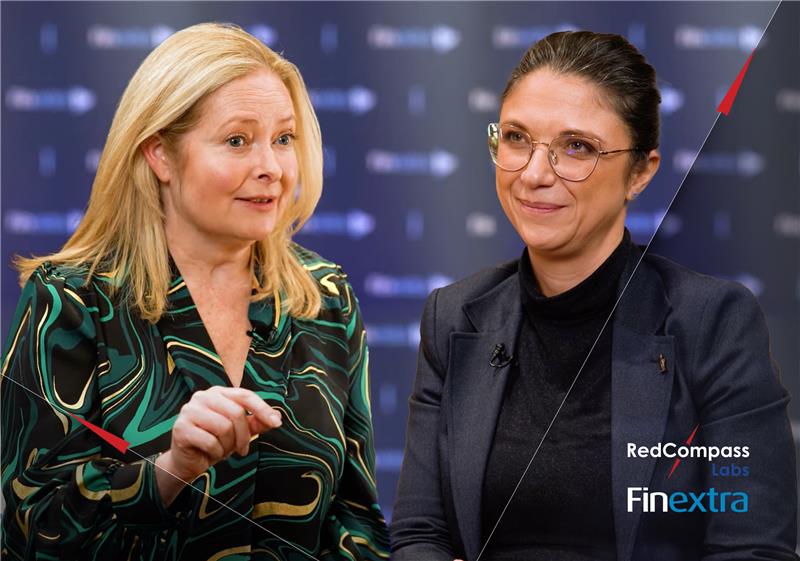NextGen Cross-border Payments Focused on Customer Experience
A strong shift towards digitalization triggered by the outbreak of Covid-19 has enhanced the need for banks to improve the process of cross-border payments. Today’s customers require their international payments to be equally seamless as domestic transactions.
To satisfy their needs, banks need to effectively compete in the market. A wrong strategic decision could lead to customers choosing alternative solutions that lead to significant revenue losses. How can banks succeed in this complex environment?
The impact of COVID-19 on cross-border payments
With Covid-19, life has moved online. Distant geographies are now a digital click away, making the world more globally connected than ever before. Customers want to buy from anywhere. SMEs want to sell everywhere. Corporates want greater certainty around their payments. They want to know not only if the payment will arrive, but exactly WHEN it will arrive. In other words, the requirements have changed. Customers expect their cross-border experience to be as instant and seamless as their domestic payments are. The interesting thing is that while on the one hand, more customers than ever need efficient ways to make international payments; on the other, there is still a lack of adequate solutions for consumers.
Effective cross-border payments increase customers satisfaction and banks’ revenues.
Constant pressure from the customers to reduce international payments fees can, in fact, create an unprecedented degree of opportunities for banks. The Global Payment Initiative from SWIFT, or the ISO20022 migration – with its more harmonised, granular and rich communication standard, have paved the way for more innovation. The entrance of serious actors like RTGS Global, the growth of players like Thunes, global initiatives like the Central Bank Digital Currency, that focus on the cross-border payments use case, are offering more choices for banks to realise efficiencies.
Not only the new actors but also traditional players are disrupting the market and transforming themselves. For instance, SWIFT is launching a new platform, potentially allowing banks to save money by centralising and standardising some essential payment functions. However, these opportunities do not come easy. In fact, the environment is becoming even more complex for banks.
‘Which rails should we support?’, ‘Who should we partner with?’ ‘Is the bank’s infrastructure open enough to partner and offer payment ubiquity for customers?’, ‘How can the bank offer choice while reducing costs?’ These are the constant dilemmas that decisions makers must navigate to serve their customers and compete effectively in the market. A wrong choice could lead to customers choosing alternative solutions that lead to significant revenue losses.
4 tips for banks to seize cross- border payments opportunities:
1. Constantly monitor the market – Nextgen providers, like Form3, ThoughtMachine, or Clear.Bank, are constantly launching new and yet solid propositions; historical players are re-inventing themselves. So, the question of whether to partner or build has never been more prominent
2. Simplify the bank’s end-to-end infrastructure – with a complex architecture, full of redundant processes and legacy systems, working with new external components and ecosystems or achieving a rapid speed to market is impossible.
3. Plan to migrate to the cloud – this enables banks to offer new opportunities to customers that can be provisioned rapidly, tested quickly and delivered in a resilient manner. The cloud is also an enabler for Data Analytics, which can be used to optimise and automate areas such as liquidity management for banks, improving efficiencies while reducing operational risks.
4. Adopt a strong test framework – such as our Day One Readiness product which underpins our Quality Assurance as a Service offering. Testing is THE factor that determines a projects’ ultimate success or failure.
First step to improve cross-border payments: objective review of bank’s current position
An objective assessment of where the bank is currently and where it needs to be to remain competitive is paramount. Having a substantial impact on the target operating model, the quickest way to get results is to consult an external organisation or to create a special task force to objectively review the bank’s position on the variables mentioned before.
At RedCompass Labs, we have been guiding our clients to define and implement pragmatic plans that have delivered open, resilient payment infrastructure for over 18 years. We look forward to guiding you on your own successful payment transformation journey, so please feel free to reach out.
Share this post
Resources





